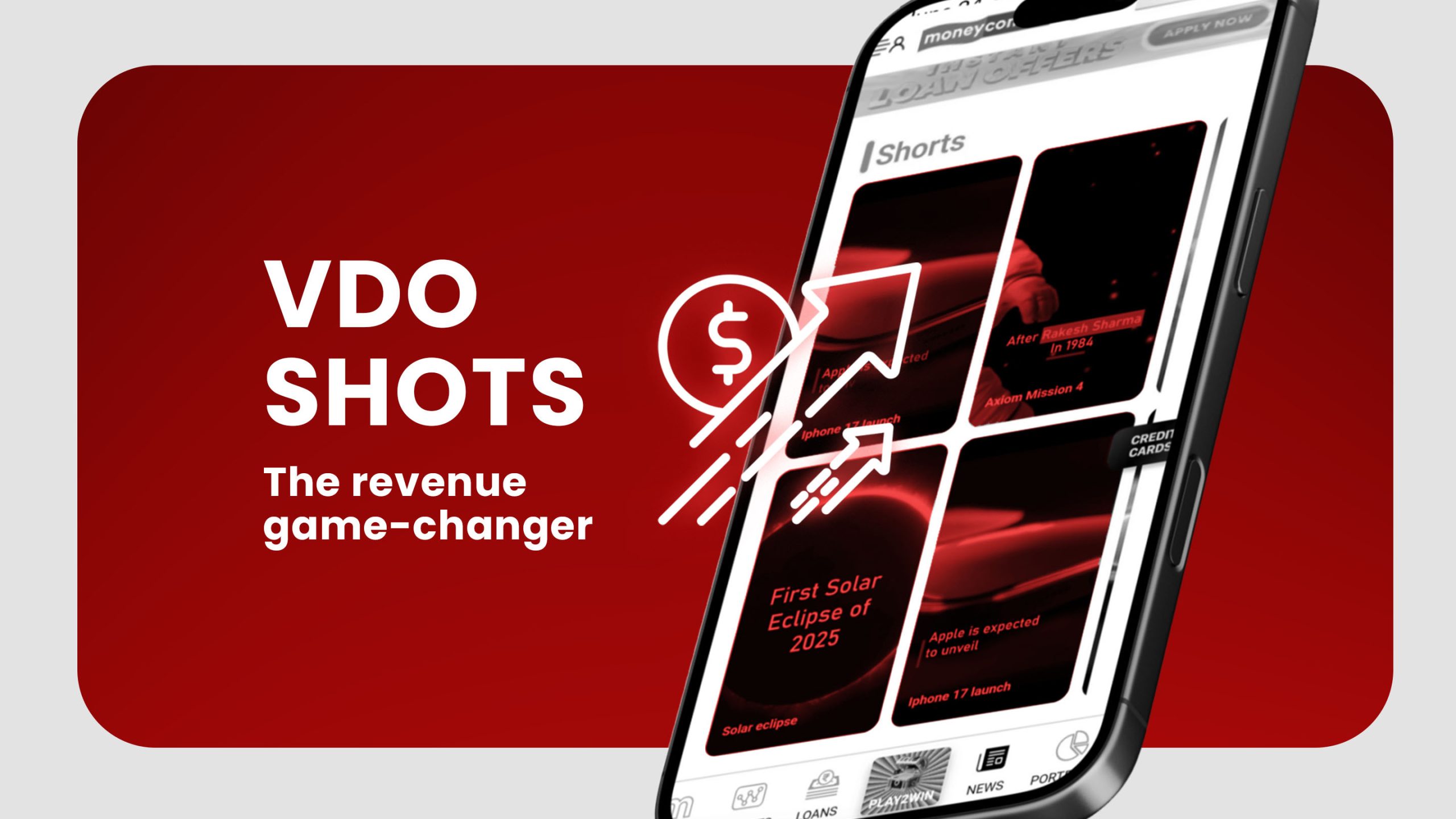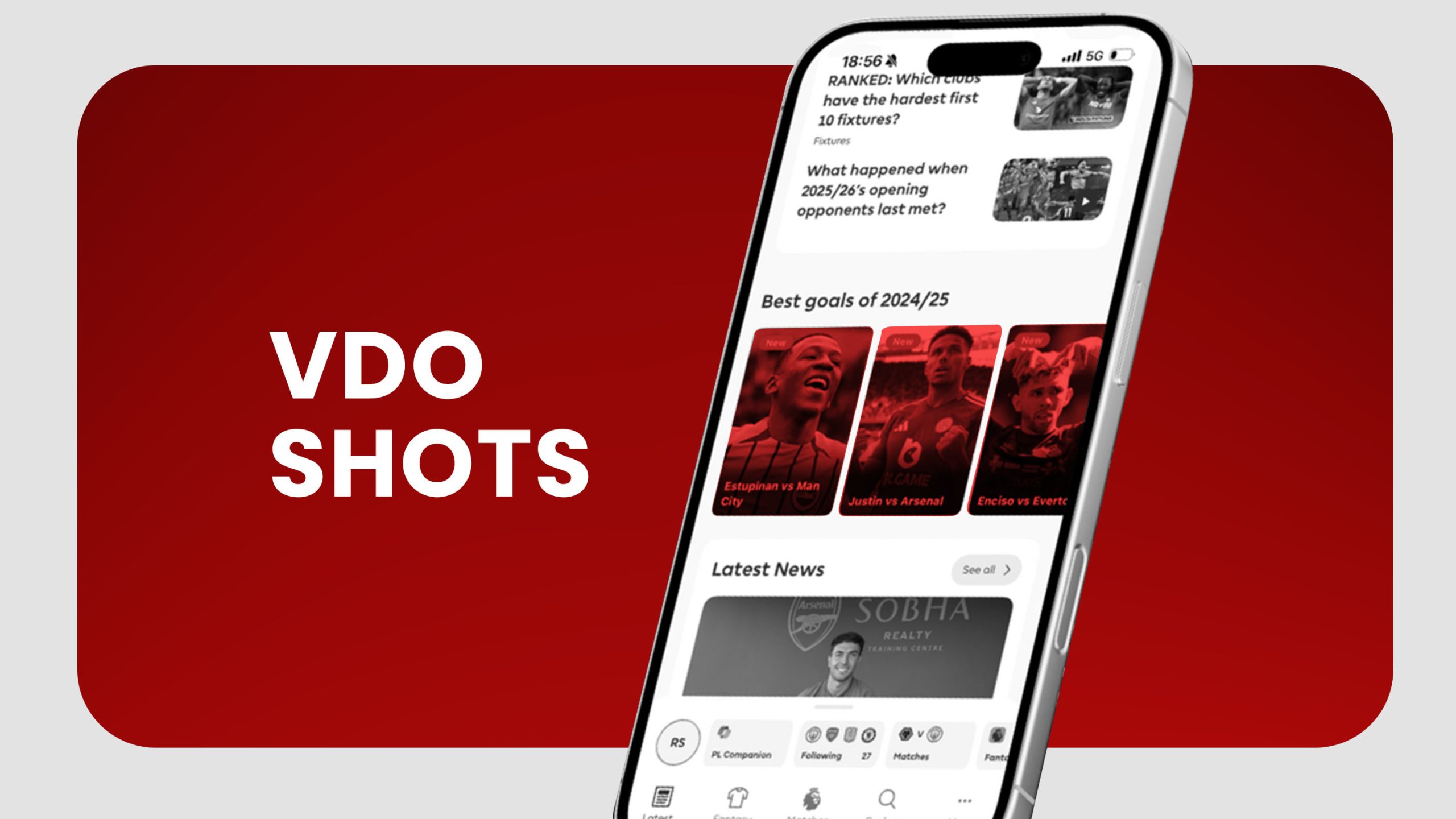Ad technology makes it possible for publishers to sell their ad inventory through different methods such as direct deals, real-time bidding, private auction, etc. Mainly due to the differences in how they operate, the debate of programmatic vs direct buying is quite common. Back in the 1990s when display ads first came into existence, advertisers used to buy ad space in bulk by making deals with publishing websites. This method is what we call, direct buying.
However, things have changed significantly since then. Now advertisers can buy ad space automatically with the help of software instead of indulging in human negotiation or manual insertion orders, etc. This automatic method of buying ad inventory is programmatic advertising.
Publishers often find themselves wondering, which is the most profitable method for selling ad inventory? Programmatic deals are entirely automated. Direct buying, on the other hand, involves human interaction. As a result, the debate of programmatic vs direct buying is complex.
This article will present you with the major differences between the two processes: programmatic vs direct buying.

Concept
As mentioned, programmatic involves automatic trading of ad inventory. As soon as an impression is available, an auction takes place which determines a buyer (the one with the highest bid). It relies on complex auction algorithms and minimal human intervention.
Programmatic Advertising has two types:
- RTB (real-time bidding): Real-Time Bidding is basically an auction, where each ad impression is bought individually.
- Programmatic direct: When it comes to purchasing ad space, programmatic direct is quite similar to direct buying. Once the purchase is executed, the entire campaign operates on technology and data.
Direct buying, on the other hand, does not conduct an auction. Instead, it only involves selling a publisher’s ad inventory directly to the advertiser at a fixed price. Sometimes a negotiator or agency might get involved to initiate contact between the publisher and the advertiser.
Programmatic Vs Direct Buying: How Does It Work?
Programmatic deals are automated. So when a user visits a website, a bid request is generated. It contains the details about the user, such as history, behavior, demographics, etc for the purpose of targeting. Then, the SSP sends this bid to the ad exchange to find a suitable creative as per the user’s parameters. The ad exchange then passes this signal to the DSPs. The DSPs send back their buying bids to the ad exchange where the auction then takes place and the highest bid wins. The website retrieves the winning ad creative from the ad server and displays it on the user’s screen. This entire process takes place within a fraction of second.
Direct deals involve the advertiser either directly contacting the publishers or they get connected through a mediator. Irrespective of how they connect, the publisher and the advertiser will communicate directly and discuss the terms and conditions. After negotiating a price, both parties sign an insertion order. And once the deal is final, the advertiser will get to display his creatives on the publisher’s website for a fixed price as well as time intervals.

Which Method Is More User Friendly?
Direct buying has a risk of miscommunication as well as human errors. Since programmatic is automatic, it does not have any such issues. Direct buying is an entirely manual process which is why running multiple ad campaigns or modifying existing campaigns can be extremely tedious. Things are much simpler in programmatic.
In the case of RTB, some manual interaction is needed for ad-quality review, billing, and technical support. But everything else is entirely automatic and controlled by technology. Even in the case of programmatic direct – which is similar to direct buying when it comes to purchasing ad space – it does not involve negotiations and is as seamless as RTB.

Which Method Generates More Money?
Direct buying tends to make more money for publishers. This is because usually, publishers put up their premium ad inventory for direct buying. And because of higher CTR and conversion rates, advertisers also agree to pay more money for it. With programmatic advertising, be it PMP or RTB, there is no guarantee to what a publisher can make. It solely depends on the number of impressions the advertisers are willing to buy. Plus, there is also a chance of some ad units getting blank impressions because of low fill rates, which creates more risk about earnings.
Better Targeting Options
Of course, both methods offer targeting options to advertisers. But programmatic offers you options that are simply not possible with direct buying.
In direct buying, ad impressions are pre-sold in bulk. You are basically hoping that the publisher will attract an audience that your interest lies in. This means advertisers basically target the website instead of targeting an audience. With programmatic, advertisers can hyper-target their customers. They can target each user on the basis of demographics, geographical location, and so many other parameters. Moreover, the vast majority of publishers allow cookie syncing. This allows advertisers to target users and get a better click-through rate.

Cost Per Impression
With direct buying and programmatic direct, the CPM will remain uniform. But that is not the case with RTB. Direct buying and programmatic direct involves the sale of ad inventories in bulk all at once. Hence, there is a predetermined CPM which means there is no room for change. On the other hand, RTB allows each impression to have a different price on the basis of bids places for them. Advertisers can bid high for a particular impression that they consider important.
Better ROI
Programmatic advertising is perfect for long-term ROI in comparison to direct buying. The advantage of using software is that it learns and gets better over time. As a result, it brings in maximum ROI in the future. Direct buying, on the other hand, has an element of luck. This means there is no guarantee of conversions. Moreover, with direct buying advertisers don’t get enough insight into the type of people who view their ads. It is quite similar to traditional TV advertising.

What About Safety?
One of the worst aspects of programmatic advertising is that it tends to expose you to ad fraud followed by brand safety concerns as well as poor inventory quality. Hence, direct deals are clearly much safer than programmatic deals. Mainly because direct deals take place without involving any third-party, hence it ensures privacy. Moreover, user data does not get shared with anyone, it simply remains with the publishers.
Even for programmatic ads, the market is more inclined towards the private marketplace instead of the open marketplace. In the coming years, open marketplace spending will most likely surpass the private marketplace and one of the main reasons behind it is less ad fraud.
Concluding Words
It is evident that in the debate of programmatic vs direct buying, both the methods have pros and cons. Hence, the practical thing for publishers is to put both methods in action and maximize their revenues. They can place their premium inventory for direct deals and use programmatic advertising for selling any unsold inventory.
Programmatic is all about employing software to sell or purchase inventory with no human involvement. The price as well as ad creatives are dynamic, which makes it uncertain for publishers to predict the profit. However, the previous performance of the inventory can definitely help in anticipating a number.
Direct deals certainly require human involvement and negotiation. So direct buying is a good option for selling premium inventory to maximize the profit. It involves negotiating and determining terms in advance, so the price will remain the same throughout the campaign. As a result, there will be no chances for revenue uncertainty.
FAQs:
1. What is programmatic advertising?
Programmatic advertising involves automatic trading of ad inventory. As soon as an impression is available, an auction takes place which determines a buyer (the one with the highest bid). It relies on complex auction algorithms and minimal human intervention.
2. What is direct buying?
Direct buying does not conduct an auction. Instead, it only involves selling a publisher’s ad inventory directly to the advertiser at a fixed price. Sometimes a negotiator or agency might get involved to initiate contact between the publisher and the advertiser.
3. What are the types of programmatic advertising?
Programmatic Advertising has two types:
- RTB (real-time bidding): Real-Time Bidding is basically an auction, where each ad impression is bought individually.
- Programmatic direct: When it comes to purchasing ad space, programmatic direct is quite similar to direct buying. Once the purchase is executed, the entire campaign operates on technology and data.
4. Between Programmatic vs direct buying, which method is more user friendly?
- Direct buying has a risk of miscommunication as well as human errors. Since programmatic is automatic, it does not have any such issues.
- Direct buying is an entirely manual process which is why running multiple ad campaigns or modifying existing campaigns can be extremely tedious. Things are much simpler in programmatic.
5. Which method offers better safety?
One of the worst aspects of programmatic advertising is that it tends to expose you to ad fraud followed by brand safety concerns as well as poor inventory quality. Hence, direct deals are clearly much safer than programmatic deals.







